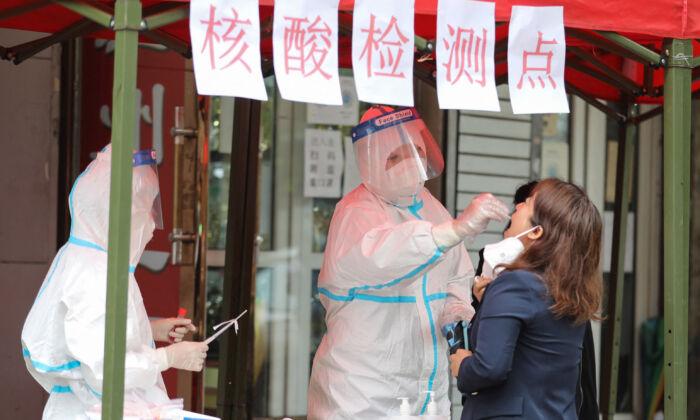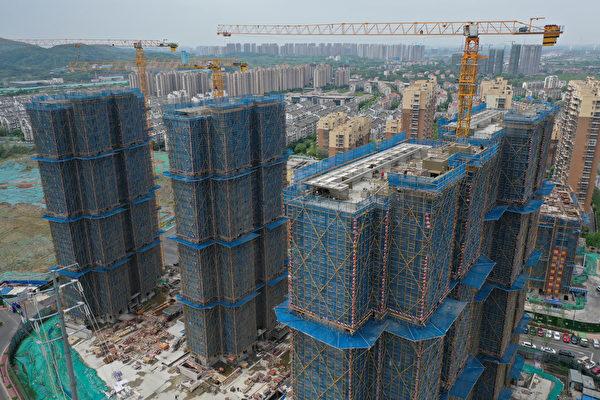A new wave of the CCP virus cases erupted across China, triggering mass nucleic acid tests, lockdowns, and fears; the new outbreak hit Beijing, Shanghai, 11 provinces, and three ethnic minority regions within one week.
Data shows the recent outbreaks started on Oct. 17, transmitting mainly along travel routes to Inner Mongolia, but with the source unidentified. China’s national health commission reported 39 new confirmed cases on Oct. 24. It said that the new round involved multiple sites, growing rapidly, with increased risks of proliferation, state media reported.
However, actual data needs further verification due to a lack of transparency in China’s pandemic disclosure.
Affected provinces include Hebei, Zhejiang, Guangdong, Yunnan, Guizhou, Hubei, Hunan, Qinghai, Shanxi, Gansu, and Heilongjiang; three ethnic minority regions of Inner Mongolia, Guangxi, and Ningxia.
As of 9:00 a.m., Oct. 24, China highlighted two high-risk areas, including Dalaihob Town of Ejin Banner, Inner Mongolia, and Hongfuyuan Community in Beijing. Moreover, it designated 16 areas at a medium-risk level, including five in Gansu, six in Inner Mongolia, three in Ningxia, and two in Guizhou.
Local Responses
On Oct. 25, the spokesperson for Beijing and vice director of its publicity department, Xu Jianxin, urged citizens to minimize outgoing trips in the coming few days except for essential purposes. Destinations located in high- and medium-risk regions should be particularly avoided, he emphasized.One day before, Beijing authorities at an anti-COVID conference required that people who must travel to Beijing should present their health green codes and proof of negative nuclear acid tests within 48 hours of arrival. Then they would have to undergo 14 days of health surveillance. Arrivals from other ports of entry needed to undergo a full 21 day isolation.
On Oct. 22, Beijing’s Changping District declared a state of emergency, and the community of Hongfuyuan was designated as a high-risk region.
Two residents confirmed to The Epoch Times that all entrances and exits were under lockdown, with all restaurants closed, and that they all received nuclear acid tests overnight.
“The lockdown came at 0:00, Oct. 22, without prewarning,” said Xiao Li (alias). They hadn’t been given enough time to stock up food for quarantine days, she said.
China’s pandemic situation has raised concern since the Beijing Winter Olympics will begin on Feb. 4, 2022.
The capital of Hebei Province, Shijiazhuang, reported one new confirmed case on Oct. 24. Local officials placed about 40 neighborhoods under lockdown, sent nearly 2,000 people to quarantine centers, and ordered nucleic acid testing for over 500,000 people.
A local woman, surnamed Wang, said the extensive lockdown was to not only serve as a facade of diligence for local officials, but also to use the lockdown to act as an excuse for poor economic performance.
“Officials are showing off they’re working hard at their positions,” Wang said to the Chinese edition of The Epoch Times. “On the other hand, they’re evading their share of responsibility in this manner for local economic growth.”
Wang added that locals didn’t want to speak out against the officials for fear of arbitrary arrest.
In Ejin Banner, local authorities have mandated home quarantine for all 35,700 residents since Oct. 25. Any violators will be held accountable civilly and criminally, authorities warned.
Currently, nearly 10,000 tourists are stuck in a local popular forest attraction, state media reported.





